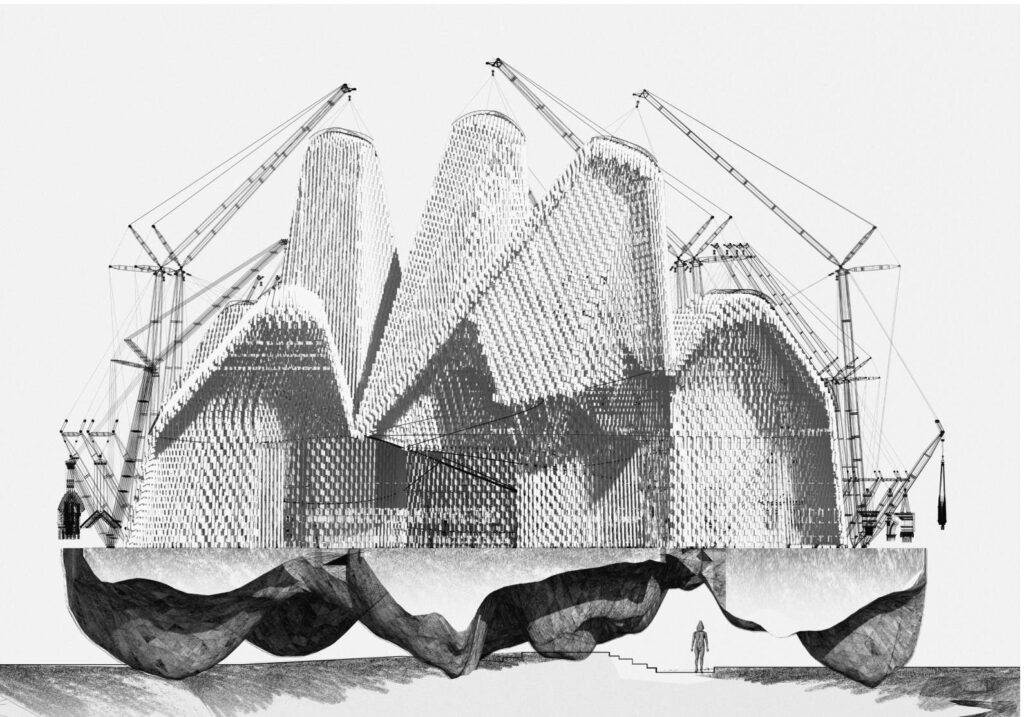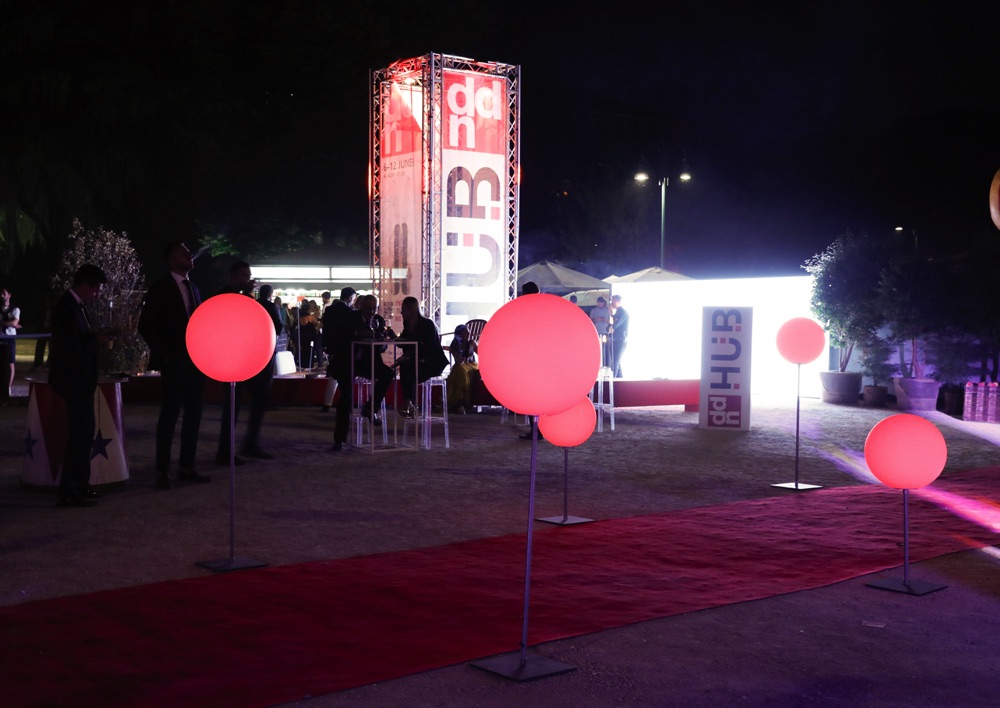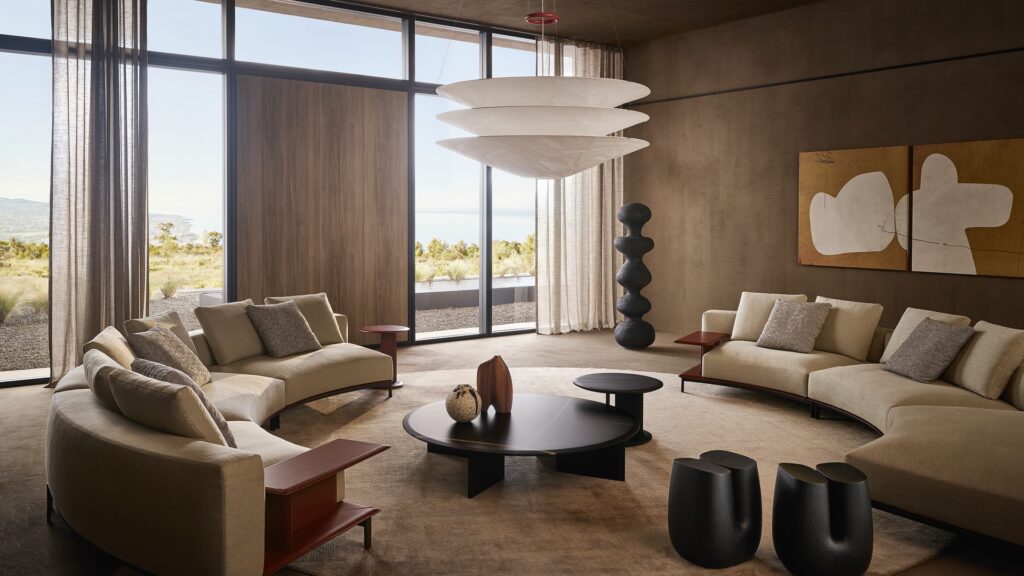At Cevisama, organized by Feria Valencia, the Tile of Spain Awards awarded the project of a station, a house and a church for their functional and creative use of ceramic tiles

In Valencia (Spain), between the end of January and the beginning of February 2019, Cevisama, the important trade fair for ceramic tiles, took place, as usual, along with the Tile of Spain Awards, whose aim is to promote the use of ceramic among architects and interior designers, showing the qualities and endless uses of this material. The winners in 2019 have been a project for a public space, one for a private house, and a degree project entailing the radical renovation of a church.

The winner in the Architecture section is the intermodal station of Palma designed by Joan Miquel Seguí, awarded for the particular use of ceramic tiles to create a latticework effect as a defining feature for the entrance, marking the threshold between the urban space and the station’s service infrastructures. Ceramic tiles were designed and produced especially for this project in the 12 x 24 x 12 cm size and were positioned diagonally (both directions) to create movement as well as to prevent birds from flying into the station.

In the Interior Design category the winning project is Casa frente al mar (‘House overlooking the sea’), in Girona, by Xavier Martí and Lucía Ferrater, for the use of ceramic tiles on different floors to create a continuum throughout the house. The house spreads over three floors. The ground floor hosts the kitchen, the dining room and the courtyard (like in traditional fishermen’s houses). Two staircases (indoor and outdoor) lead to the bedrooms on the first floor, where a walkway overlooks the courtyard. On the second floor are the library, the living room and a roofed terrace with views on the sea. Typical 13 mm Catalan tiles were used both indoors and outdoors, both on the floor and on the walls… everywhere!

The winner in the last category is Manuel Bouzas Barcala’s project called Un buen suceso (‘A positive happening’), which shows creativity and desire to experiment as well as an original use of ceramic tiles. El Buen Suceso was a church built by Agustín Ortiz de Villajos in 1868. The student conceived a new church concept based on geometry, balance and monumentality. The floor made of ceramic tiles designs the complex geometric scheme at the heart of this visionary project. Shadows on the floor are projected by the light upper envelope, made up of hundreds of pearl white ceramic pieces (45 x 6 cm).

The Tile of Spain Awards, now in their 17th edition, are organized and promoted by ASCER . The panel of the latest edition consisted of renowned architects: Jorge Silvetti (chairman), Elías Torres, Ricardo Carvalho, Jordi Garcés, Belén Moneo, Mario Ruiz and Ramón Monfort. [Text Paola Molteni – Photo courtesy Tile of Spain Awards]














